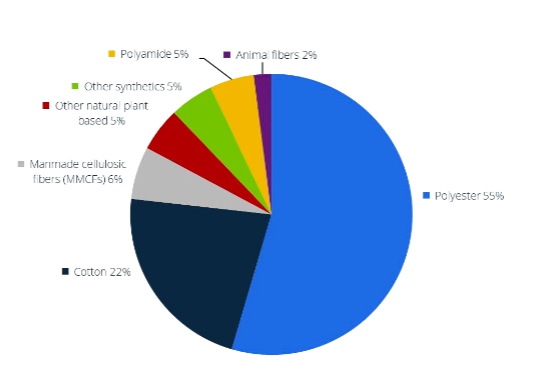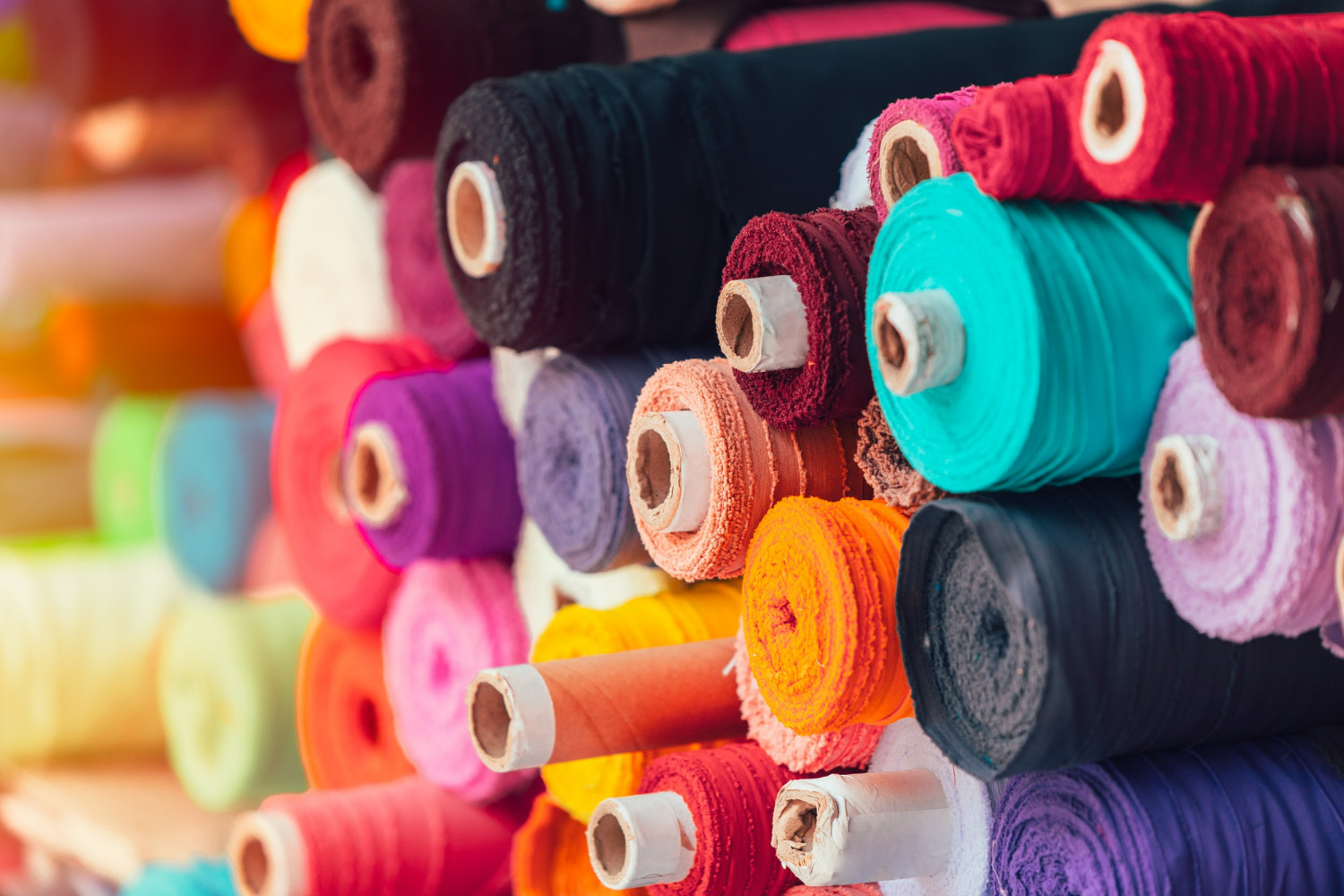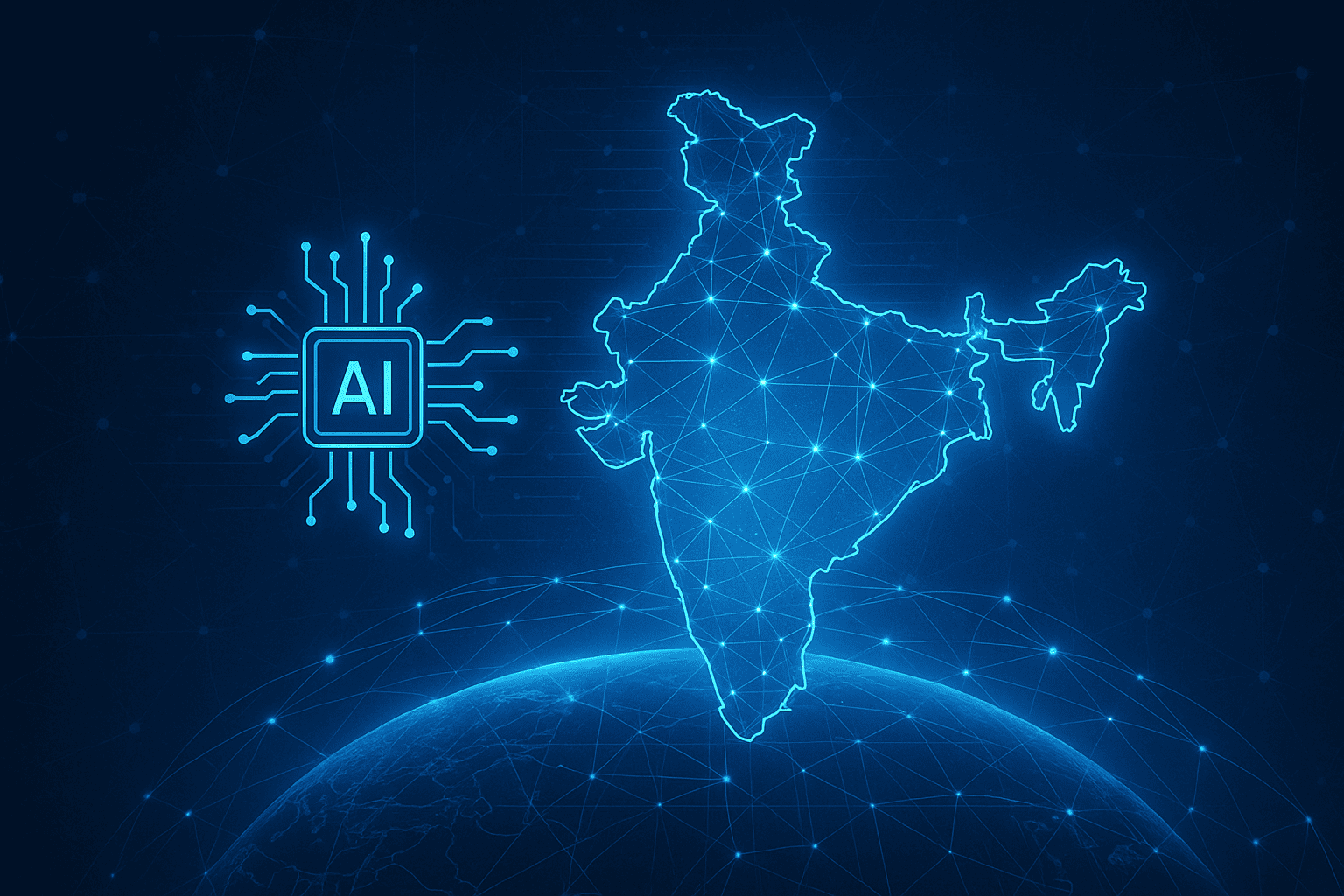Picture this: Step into the heart of a modern viscose fiber plant. The air hums with the sound of spinning machinery, but something is different. Instead of technicians scurrying about with clipboards and microscopes, sleek pods housing quantum sensors line the production area. These cutting-edge devices peer into the molecular structure of every fiber as it’s formed, detecting anomalies in cellulose composition and polymer chain length in real time.
At the facility’s nerve center, a holographic display flickers to life. It shows a 3D model of the entire production line, with each fiber stream color-coded for quality metrics. An AI system, trained on millions of data points, anticipates quality fluctuations before they occur. It adjusts viscosity, spinning speed, and chemical ratios with precision that would be impossible for human operators.
This isn’t a glimpse into the distant future—it’s happening now. Welcome to the AI revolution in fiber production, where every strand is born perfect, and quality control begins at the molecular level.
The Fiber Revolution: Weaving the Future of a Booming Industry
The global textile industry stands at the cusp of unprecedented growth, with fibers at its very core. In 2023, according to a report by Grand View Research, the market reached a staggering USD 1,837.27 billion, and it shows no signs of slowing down. Industry experts project a compound annual growth rate (CAGR) of 7.4% from 2024 to 2030, painting a picture of a sector ripe with opportunity and innovation.
At the heart of this global surge is the Asia Pacific region, a powerhouse in textile production. According to a report by Precedence Research, the Asia Pacific textile market is valued at USD 993.66 billion in 2023 and on track for explosive growth. Forecasts suggest it will more than double its value to USD 2,053.52 billion by 2033, growing at a robust CAGR of 7.52% from 2024 to 2033.
These numbers tell a compelling story of an industry in transformation. As demand for textiles continues to soar, driven by population growth, changing fashion trends, and technological advancements, the pressure on fiber production has never been greater. The need for high-quality, consistently produced fibers is paramount, setting the stage for a revolution in how we approach fiber quality control.

The diverse range of fiber types, from dominant polyester (55%) and cotton (22%) to specialized materials, underscores the need for versatile AI-driven quality control systems. These systems must be capable of detecting and analyzing defects across a wide spectrum of materials, ensuring consistent quality regardless of fiber composition.
Fiber Quality Control
In the fast-paced world of textile manufacturing, the quality of raw materials can make or break a product’s success. Fibre quality, in particular, stands as the cornerstone of textile excellence, influencing everything from the strength and durability of fabrics to their aesthetic appeal.
Yet, for decades, the industry has grappled with a significant challenge: how to consistently ensure top-tier fibre quality without sacrificing production efficiency. Traditional quality control methods, while once considered adequate, are now showing their age in an era that demands precision, speed, and adaptability.
Shortcomings of Traditional Quality Control
In a typical fibre production line, quality control often relies on periodic sampling and manual inspection. While these methods have served the industry for years, they come with inherent limitations:
- Human Error: Even the most experienced inspectors can miss subtle defects, especially during long shifts.
- Time Constraints: Manual inspections are time-consuming, often leading to delays in production.
- Limited Scope: Sampling only captures a fraction of the total production, potentially missing widespread issues.
- Inconsistency: Different inspectors may have varying standards, leading to inconsistent quality assessments.
These limitations don’t just impact product quality; they can have far-reaching consequences on brand reputation, customer satisfaction, and ultimately, the bottom line.
Artificial Intelligence: The Game-Changer in Quality Control
Artificial Intelligence is not just a buzzword; it’s a transformative force reshaping industries across the globe. In fibre quality control, AI brings a level of precision, speed, and consistency that was previously unimaginable.
At its core, AI in fibre quality control involves sophisticated machine learning algorithms and advanced computer vision technologies. These systems can:
- Analyze vast amounts of data in real-time
- Detect patterns and anomalies invisible to the human eye
- Make split-second decisions with a level of accuracy that surpasses human capabilities
But how exactly does this translate to better quality control? Let’s dive deeper.
The AI Advantage: A Closer Look
Predictive Maintenance: AI doesn’t just react to problems; it anticipates them. By analyzing data patterns from production equipment, AI can predict potential failures before they occur. This proactive approach minimizes downtime and ensures consistent quality output.
Quality Optimization: Through continuous analysis of historical and real-time data, AI systems can optimize production parameters on the fly. Whether it’s adjusting spinning speed, tension levels, or raw material blends, AI ensures that every fibre meets or exceeds quality standards.
Real-Time Data Visualization: Knowledge is power, and AI puts that power at your fingertips. Real-time dashboards provide instant insights into quality metrics, production performance, and predictive analytics. This empowers managers to make data-driven decisions swiftly and confidently.
Enhanced Raw Material Selection: AI’s analytical prowess extends to raw material evaluation. By predicting how different materials will behave during production, AI can optimize material selection and blending, ensuring the best possible fibre quality from the start.
The Integration Challenge: Turning Vision into Reality
While the potential of AI in fibre quality control is immense, implementation requires careful planning and execution. Here’s how industry leaders are making it happen:
Data Integration: The foundation of any AI system is data. Industry pioneers are leveraging advanced data integration techniques, such as data fusion and platforms like Apache Kafka, to create a comprehensive data ecosystem. This ensures that AI systems have access to all relevant information, from production line sensors to inspection device outputs.
Continuous Learning: The true power of AI lies in its ability to learn and adapt. Forward-thinking companies are implementing reinforcement learning models that continuously refine their algorithms based on new data. This results in ever-improving quality control outcomes.
Scalable Architecture: One size doesn’t fit all in the diverse world of textile manufacturing. That’s why leading solutions offer scalable, cloud-based platforms that can adapt to operations of any size, from boutique manufacturers to industry giants.
The Future Landscape: What’s Next for Fibre Quality Control?
As we look to the horizon, the future of fibre quality control appears both exciting and transformative. Emerging technologies promise to push the boundaries even further:
Generative Adversarial Networks (GANs): These advanced AI models could revolutionize defect detection by generating and analyzing countless potential defect scenarios, further improving accuracy.
Edge AI: By moving AI processing closer to the point of data collection, edge AI could enable even faster real-time analysis and decision-making.
Quantum Computing: While still in its infancy, quantum computing could unlock unprecedented analytical capabilities, potentially revolutionizing material science and quality control.
The broader trend towards digital transformation is unmistakable. As more companies embrace AI and real-time data analytics, we’re witnessing a paradigm shift in quality control standards. The industry is moving towards a future where automated, data-driven processes are not just preferred but expected.
Embracing the AI-Driven Future
The integration of AI and real-time data analytics in fibre quality control is not just an improvement; it’s a revolution. By addressing the limitations of traditional methods and setting new standards for accuracy, efficiency, and scalability, these technologies are redefining what’s possible in fibre production.
Key Takeaways:
AI Revolution: Artificial intelligence is transforming fiber quality control, offering unprecedented accuracy, speed, and consistency compared to traditional methods.
Real-Time Analysis: AI-powered systems enable continuous, real-time monitoring of fiber quality, allowing for immediate adjustments and optimizations in the production process.
Predictive Capabilities: Advanced AI algorithms can anticipate potential quality issues before they occur, enabling proactive maintenance and process adjustments.
Scalability and Adaptability: AI solutions are highly scalable and can be adapted to various fiber types and production scales, from boutique operations to large-scale manufacturing.
Data-Driven Decision Making: AI provides real-time insights and analytics, empowering manufacturers to make informed decisions quickly and confidently.
Are you ready to revolutionize your fibre quality control? Discover how we’ve helped industry leaders transform their operations by exploring our detailed case studies click here
Join us in shaping the future of fibre quality control. The revolution is here, and it’s powered by AI.









